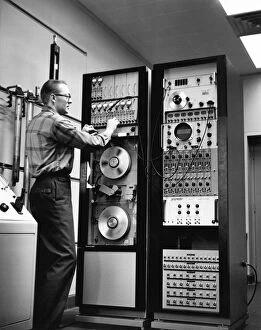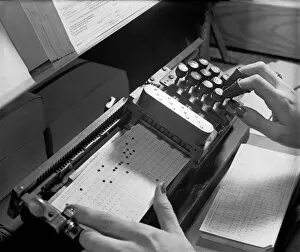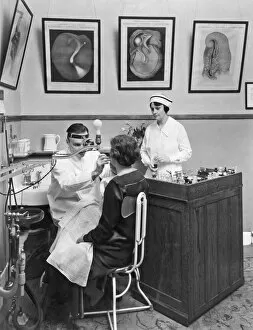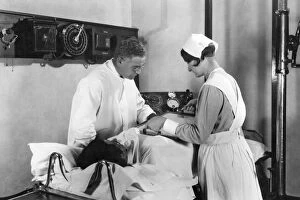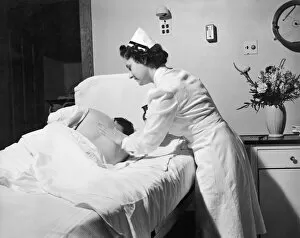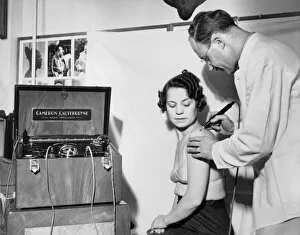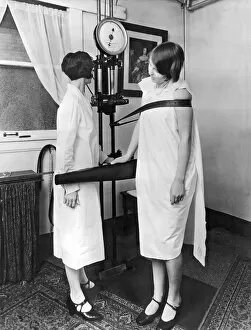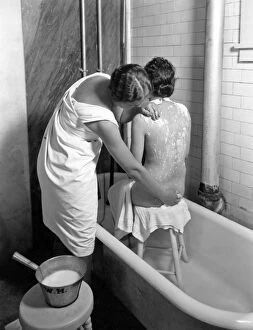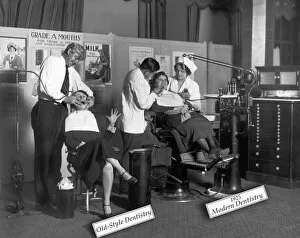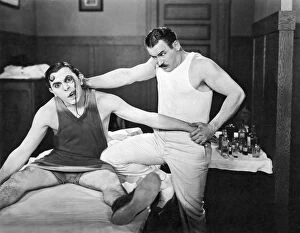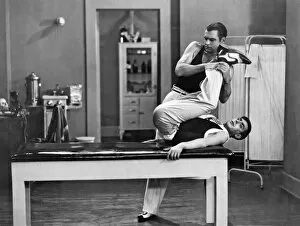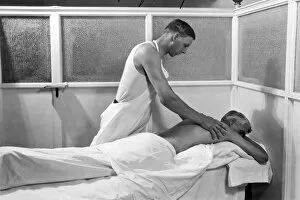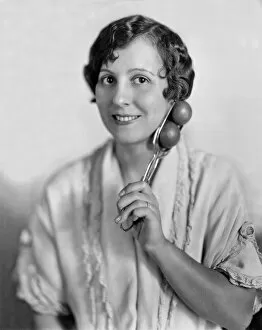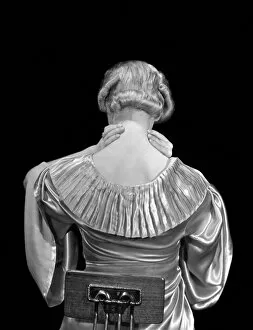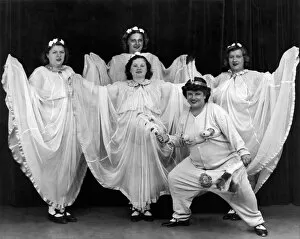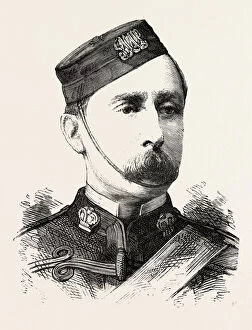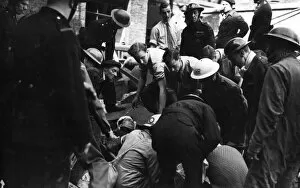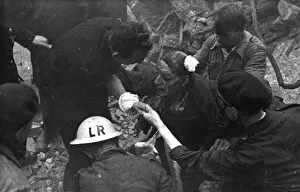Medical Collection (#98)
"Exploring the Marvels of Medicine: From Normal Knees to Anesthesia and Ambulances" Delving into the intricacies of our body
For sale as Licensed Images
Choose your image, Select your licence and Download the media
"Exploring the Marvels of Medicine: From Normal Knees to Anesthesia and Ambulances" Delving into the intricacies of our body, let's start with a glimpse at normal knees through an X-ray lens. Journeying further, we uncover the fascinating anatomy of the human brain from an inferior view - unlocking its mysteries one lobe at a time. Rewinding history to 1846, witness a groundbreaking moment as anesthesia is first introduced in surgery, forever transforming medical practices. Zooming in on facial muscles like never before, discover their intricate workings that shape expressions and emotions on every human face (with labels for easy understanding). Shifting focus to another joint marvel, explore the anatomy of the knee joint - a complex structure enabling us to walk, run, and jump effortlessly. Picture No. 10745711 captures a poignant scene during London's Blitz in World War II - showcasing an ambulance stationed at Ladywell in Lewisham amidst chaos and resilience. Travel back in time with med01_01_0490 as mobile midwifery takes center stage - highlighting how healthcare reaches those who need it most even during challenging circumstances. Ascending towards knowledge, gaze upon a superior view of the human brain adorned with colored lobes and labels - unraveling its functions layer by layer. Returning to knees once more but this time through an X-ray prism again; marvel at what lies beneath our skin when everything seems perfectly normal on the surface. Shifting perspectives yet again, delve into lateral views of human brain anatomy - unveiling its complexity while appreciating its role as command central for all bodily functions. Stepping into history's footsteps reveals glimpses from Civil War times; behold a medical kit from the 1860s that served as lifelines amid chaos and suffering on battlefields.

